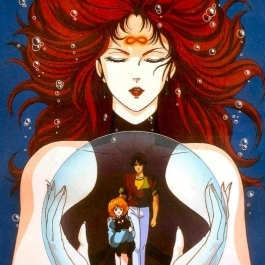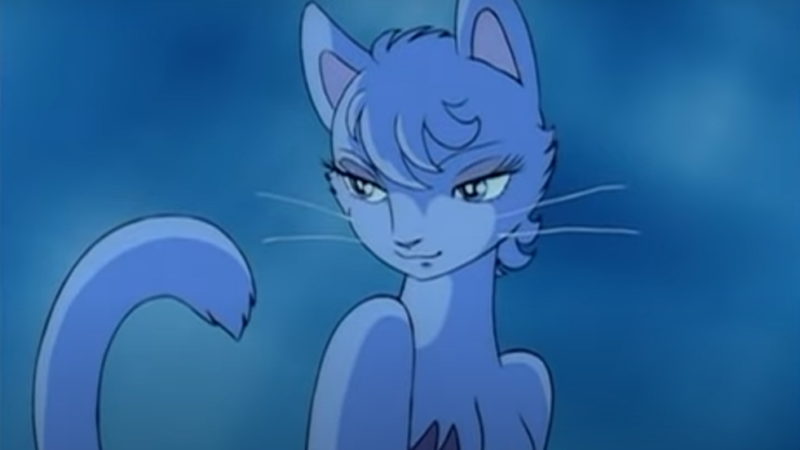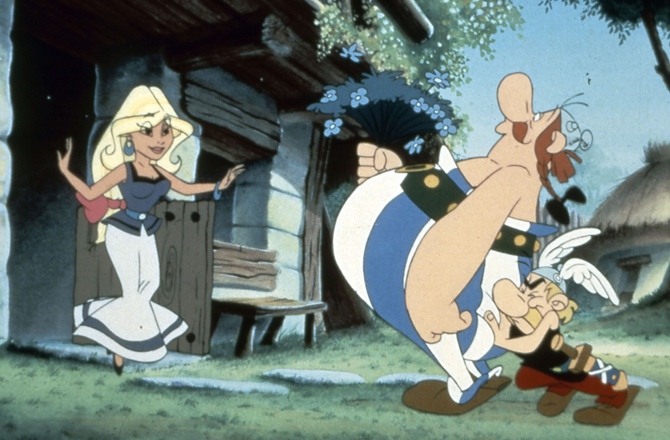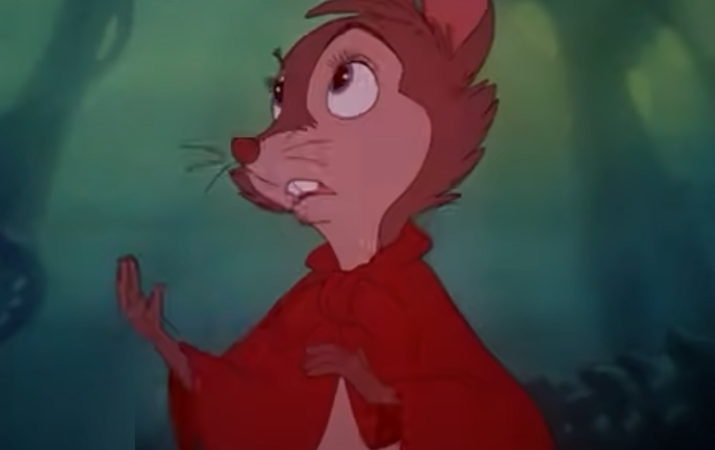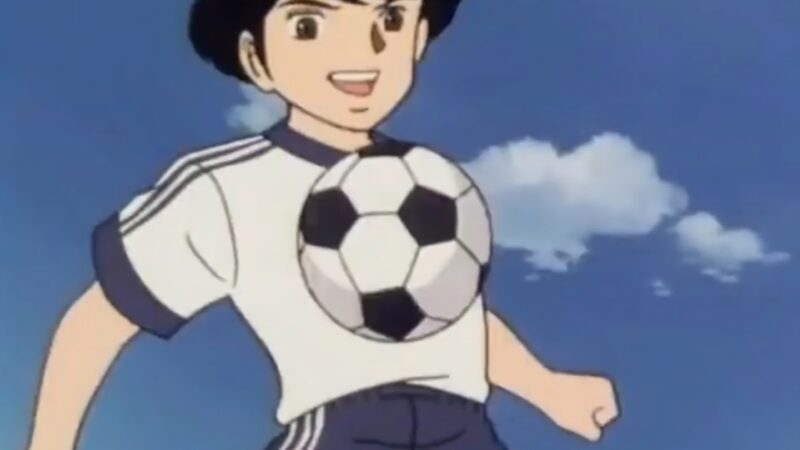A grave for the fireflies - the Japanese animated film about war
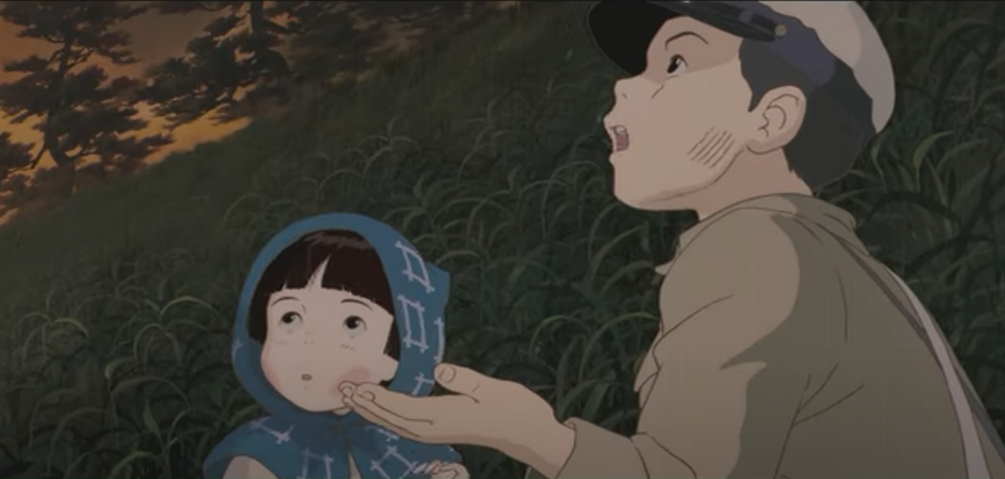
A tomb for the fireflies (original title: 火 垂 る の 墓 hotaru no haka) is a 1988 Japanese animated (anime) film about the tragedy of war, based on the 1967 semi-autobiographical tale of the same name by Akiyuki Nosaka. It was written and directed by Isao Takahata and animated by Studio Ghibli for story editor Shinchosha Publishing (making it the only Studio Ghibli film under Tokuma Shoten's ownership that had no involvement from them). The film in the Japanese version stars Tsutomu Tatsumi, Ayano Shiraishi, Yoshiko Shinohara and Akemi Yamaguchi. Set in the city of Kobe, Japan, the film tells the story of two brothers, Seita and Setsuko, and their desperate struggle to survive during the last months of World War II. A tomb for the fireflies it received critical acclaim and was ranked as one of the greatest war films of all time and was recognized as one of the most important works of Japanese animation.
History

In 1945, the home of the teenager Seita and his younger sister Setsuko was destroyed by firebombing along with most of the houses in the city of Kobe. They escape unharmed, but their mother dies of severe burns. Seita hides the death of her mother from Setsuko in an attempt to make her happy, which she later learns about despite Seita's best efforts. Seita and Setsuko move in with a distant aunt, and Seita retrieves the supplies he had buried before the bombing and gives everything to her aunt except a can of Sakuma's drops. The aunt convinces Seita to sell her mother's silk kimono for rice as rations dwindle and the number of refugees in the house grows. Seita uses part of her mother's money in the bank to buy supplies, but in the end her aunt blames the children, deeming them unworthy of earning food.



Seita and Setsuko decide to leave their aunt's house after excessive insults and move to an abandoned bomb shelter. They release the fireflies in the light shelter. The next day, Setsuko is horrified to find that the bugs are dead. She buries them in a grave, asking her brother why both her fireflies and her mother died. While they run out of rice, Seita steals from farmers and ransacked homes during air raids, for which he is beaten and sent to the police. The officer realizes that Seita is stealing due to hunger and releases him. When Setsuko falls ill, a doctor explains that she suffers from malnutrition. Desperate, Seita withdraws the last of the money into her mother's bank account. After doing so, he is shocked when he learns that Japan has surrendered and that his father, a captain in the Japanese Imperial Navy, is most likely dead, as most of the Japanese navy has been sunk. Seita returns to Setsuko with some food, but he finds her dying. She later dies when Seita finishes preparing the food. Seita cream Setsuko's body and her rag doll in a straw coffin. He carries his ashes into the candy box along with his father's photograph.



Shortly after the end of World War II, Seita starves to death in a train station in Sannomiya, surrounded by other malnourished people. A janitor is in charge of removing the bodies before the Americans arrive. The janitor sorts Seita's belongings and finds the candy box, which he throws into a field. Setsuko's ashes spread and her spirit springs from the tin and is joined by the spirit of Seita and a cloud of fireflies. They board a ghost train and, during the journey, retrace the events that led to Seita's death. Their spirits arrive later at their destination, healthy and happy. Surrounded by fireflies, they rest on a bench atop a hill overlooking today's Kobe.



Production
The author of A tomb for the fireflies, Akiyuki Nosaka, said that many offers have been made to make a live film adaptation of his short story. Nosaka said that "it was impossible to create the barren, scorched earth that will be the backdrop to the story." He also claimed that contemporary children would not be able to play the characters convincingly. Nosaka expressed surprise when an animated version was offered. After seeing the storyboards, Nosaka is done. that it was not possible that such a story could have been made with a method other than animation and expressed surprise at the precision with which the rice fields and the urban landscape were represented.
Isao Takahata said he was forced to film the tale after seeing how the main character, Seita, "was a single wartime sixth-grader." Takahata explained that any war story, animated or not, "tends to be moving and heartbreaking" and that young people develop an "inferiority complex" in which they perceive wartime people as nobler and more skilled than they are. , and therefore the public believes that the story has nothing to do with them. Takahata said he wanted to dispel this mentality. When Nosaka asked if the characters in the film were "enjoying themselves", Takahata replied that he clearly described Seita and Setsuko who had "substantial" days and were "enjoying their days". Takahata said Setsuko was even harder to animate than Seita and that she had never portrayed a girl under the age of five. Takahata said that "From this point of view, when you turn the book into a movie, Setsuko becomes a tangible person," and that four-year-olds often become more assertive and self-centered and try to get their way during that age. . He explained that while you might “have a scene where Seita can't stand it anymore”, it's “hard to incorporate into a story”. Takahata explained that the film is from Seita's point of view, "and even the objective passages are filtered through his feelings."
Takahata said he considered using non-traditional animation methods, but because "the schedule was planned and the film's release date set and the staff gathered, it was clear that there was no room for such an approach. by trial and error ". He also noted that he had a hard time animating the scenario as, in Japanese animation, it is "not allowed" to represent Japan in a realistic way. Animators often traveled to foreign countries to research how to represent them, but such research had never been done before for a Japanese environment. During the animation of the film, Takahata also created several cuts of the scene in which Seita creams Setsuko's body. Takahata spent a lot of time on this scene, trying to create the perfect iteration of it. Each of these cuts remained unfinished and ultimately unused.
Most of the outlines of the illustrations in the film are in brown instead of the usual black. Black outlines were used only when absolutely necessary. Color coordinator Michiyo Yasuda said this was done to give the film a softer feel. Yasuda said this technique had never been used in an anime before A tomb for the fireflies, “And it was performed on a challenge”. Yasuda explained that brown is harder to use than black because it doesn't contrast as much as black.
Technical data
Original title 火 垂 る の 墓 Grave of the Fireflies
Original language Japanese
Country of Production Japan
Year 1988
Duration 93 min
Technical data Color
relationship: 1,85:1
Gender animation, dramatic, war, historical
Regia I
Subject Akiyuki Nosaka
Film script I
Producer Toru Hara
Executive producer John ledford
Production house Studio Ghibli
Distribution in Italian Yamato Videos
Photography Nobuo Koyama
Editor Takeshi Seyama
Special effects Kaoru Tanifuji
Music Michio Mamiya
Art director Nizo Yamamoto
character design Shin'ichirô Ueda
Original voice actors
Tsutomu Tatsumi: Seita
Ayano Shiraishi as Setsuko
Yoshiko Shinohara: Mom
Akemi Yamaguchi: Aunt
Italian voice actors Dubbing 1995
Corrado Conforti: Seita
Pearl Liberators: Setsuko
Beatrice Margiotti: Mom
Lorenza Biella: Aunt
Dubbing 2015
Leonardo Caneva: Seita
Chiara Fabiano: Setsuko
Cristina Poccardi: Mom
Alessandra Chiari: Aunt
source: https://en.wikipedia.org/wiki/Grave_of_the_Fireflies

